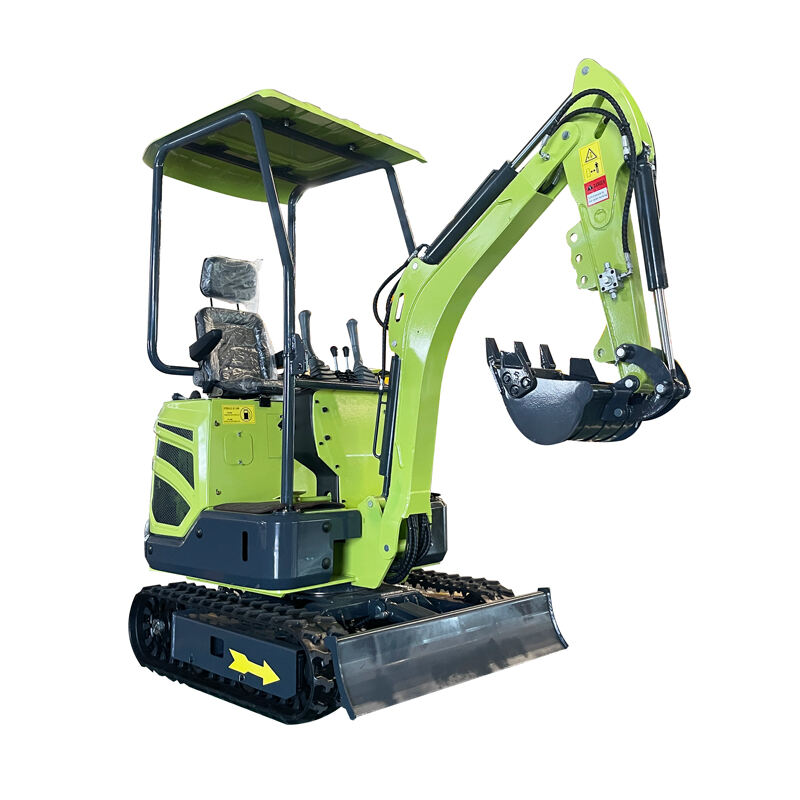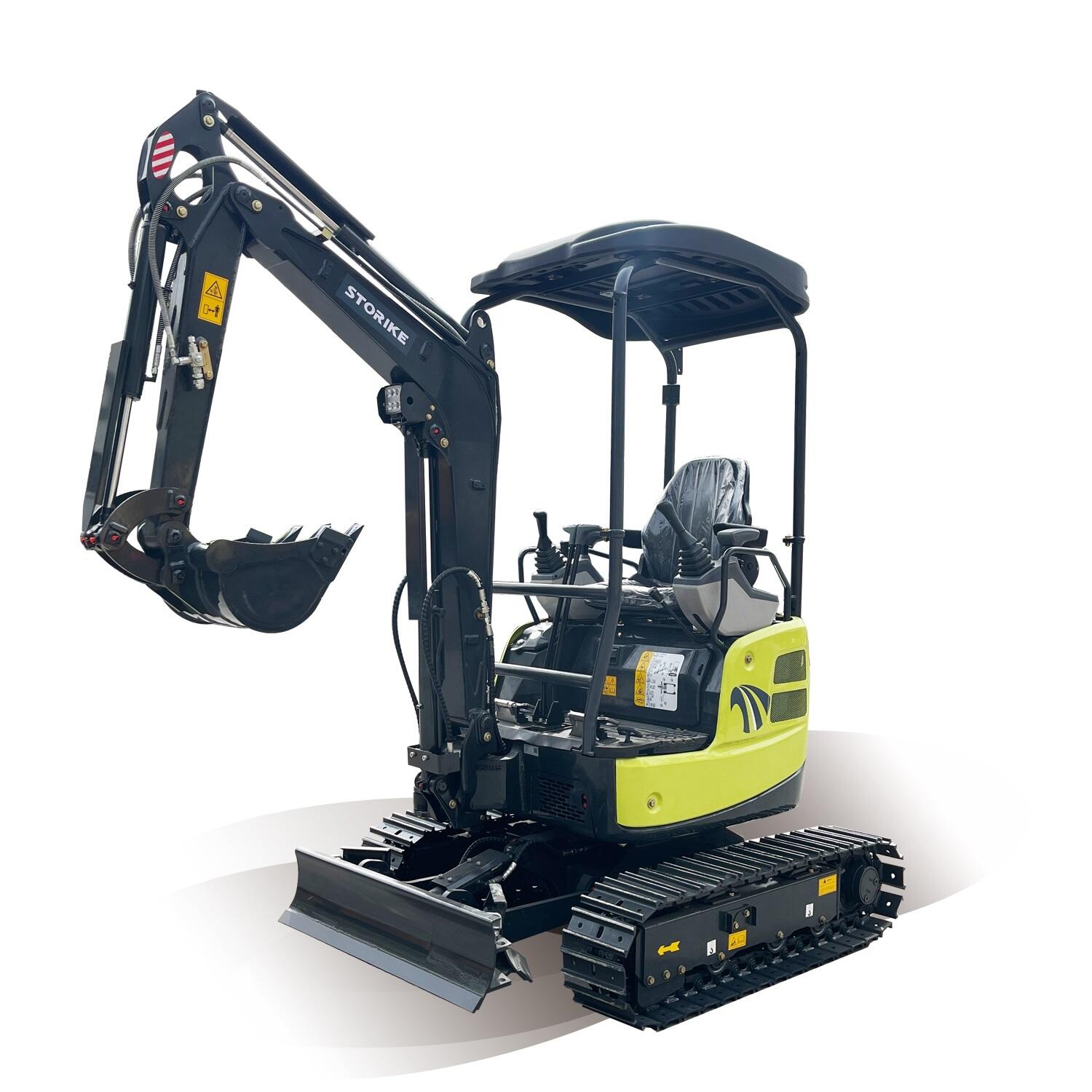How to choose the engine for an excavator? Excavator Engine and Safe Operation
Common small excavators can be driven by energy sources such as gasoline, diesel and electricity
1. Gasoline engine
It features high rotational speed, light weight, low working noise, easy start-up, and low manufacturing and maintenance costs. However, it has a high fuel consumption rate and poor economy. The power and torque are usually lower than those of diesel engines of the same level.
2. Electric excavator
Zero on-site emissions and extremely low noise. But the purchase cost is high; Limited battery life; High requirements for power supply matching; It is generally used in more special occasions and places with shorter working hours. For example, in emergency rescue or special hazardous material workplaces, it is used in conjunction with remote control
3. Diesel engine (mainstream choice) :
It features high power, strong torque, good fuel economy, long service life and high reliability, and is especially suitable for heavy-load and long-term continuous operation. Covering the full range of working conditions from municipal engineering to mining, it is the absolute main force in the current market.
Choosing excavators equipped with high-performance diesel engines (Kama brand) provided by Storike professional manufacturers can ensure strong power output, long-lasting durability and lower operating costs in complex working conditions. They also meet Euro 5 environmental protection standards, are equipped with CE certificates, and are equipped with tracks, which have stronger walking ability and are less likely to get stuck in environments such as mines and swamps. It has a large force, is convenient for climbing slopes and has a wide range of applications.
 |
 |
| PC12.3 | 1.2 Ton | PC20.3 | 2 Ton |
Thunderstorm weather: Safety Warning for Excavator Operation
Excavators operating in open areas such as fields, mining areas, and mountain tops are highly likely to become targets of lightning strikes.
Safety measures
1. Early warning: Pay attention to the weather forecast and stop working immediately before thunderstorms arrive.
2. Evacuation and avoidance: If working in an open area, the risk is relatively greater. Therefore, when there is thunder, move the excavator to a safe place in advance, lower the boom, and reduce the height of the equipment.
3. Evacuate the cab: Generally speaking, excavators do not have lightning protection facilities. During thunderstorms, it is most suitable to stay indoors and reduce the use of the excavator. The casing of the excavator is made of metal and has a certain degree of conductivity. Lightning strikes pose a great danger to the driver.
Need to recommend an excavator model for your specific project or know the detailed performance of Storike diesel-powered excavators? Please contact our professional team for customized advice!
Number:+86-13963746955
Email:[email protected]
 EN
EN
 AR
AR CS
CS DA
DA NL
NL FI
FI FR
FR DE
DE IT
IT NO
NO KO
KO PL
PL PT
PT RO
RO RU
RU ES
ES SV
SV TL
TL ID
ID LV
LV SR
SR SK
SK SL
SL VI
VI SQ
SQ ET
ET TH
TH TR
TR AF
AF MS
MS GA
GA HY
HY KA
KA BS
BS LA
LA MN
MN MY
MY KK
KK UZ
UZ KY
KY







